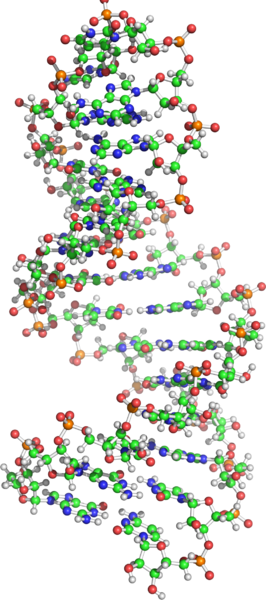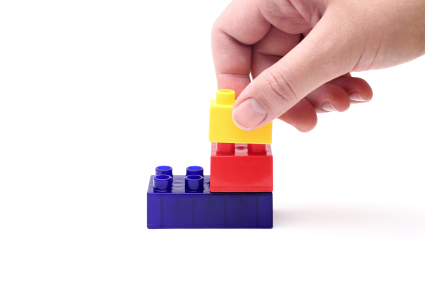
You have it, I have it. Many viruses are based on it. It’s RNA, which stands for ribonucleic acid. It’s DNA’s chemical cousin with just a few slight differences.
While DNA serves as life’s genetic blueprint. RNA is more of a multitasker. DNA stores information in a kind of vault, and the cell makes RNA-based copies that ferry that information to other parts of the cell to provide the program for making proteins, the true cellular workhorses. RNA’s reactivity also makes it a little like proteins– it’s been shown to actually do chemical reactions.
So, why does RNA make the cut this week? Researchers have found a new way to put RNA together, which may help scientists figure out how life begins. (See the New York Times story here).
Because RNA has many talents, some scientists had proposed an RNA world, the idea that all life was originally based on RNA, that DNA and proteins developed later. But there was a problem. The segments that make up RNA (and DNA) are made from three building blocks. Researchers couldn’t figure out how two of those building blocks could have fit together on their own– there was no way for the reaction to happen without external help.
However, scientists have now realized that maybe they were trying to put the wrong pieces together. Instead of fitting together the three components (a ribose sugar, a base, and a phosphate group), they’ve found a new way to assemble the molecule, by breaking it up into different starting pieces.

Think of it like building with Legos. You build each piece on brick by brick. But in this case, two of the pieces just won’t fit together. Instead scientists broke the Lego pieces into smaller parts and found a way to make them all come together to make the right molecule.
It’s a great example of scientists taking a step back and thinking about an old problem in a new way.
